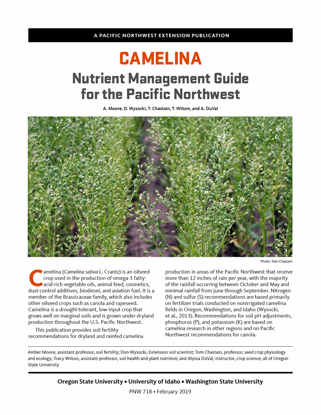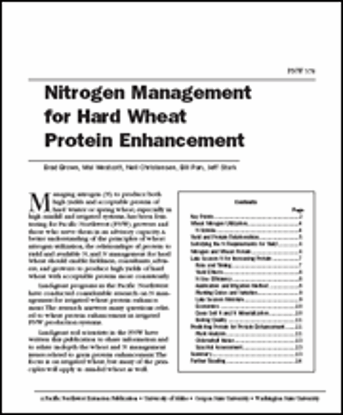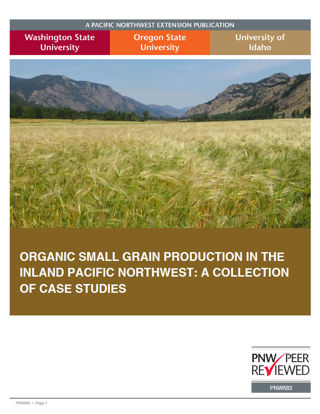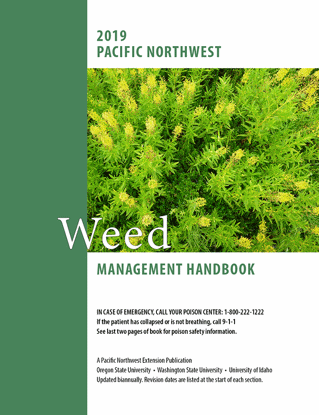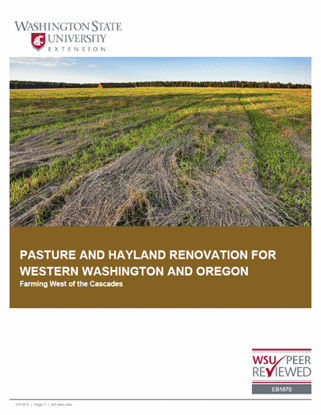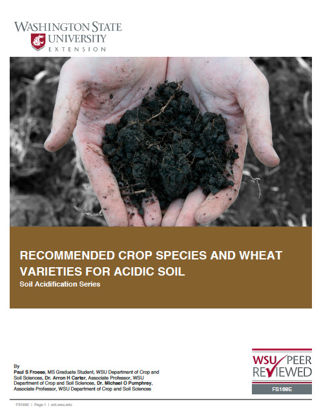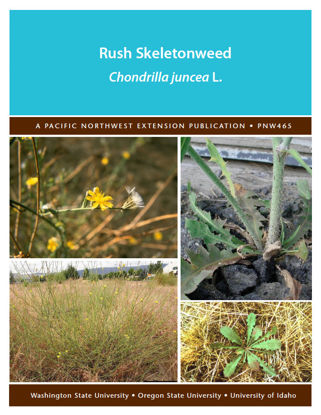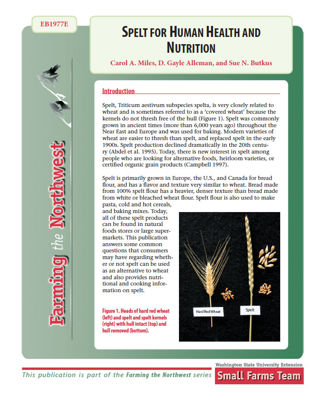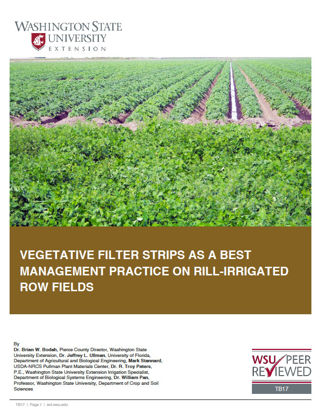You have no items in your shopping cart.
Small Grains
Small Grains
Camelina Nutrient Management Guide for the Pacific Northwest
Camelina is a drought-tolerant, low-input oilseed crop grown throughout the U.S. Pacific Northwest. This publication provides soil fertility recommendations—including nitrogen, phosphorus, potassium, ...
$0.00
Nitrogen Management for Hard Wheat Protein Enhancement
This publication highlights research on wheat protein enhancement conducted in the Pacific Northwest, and the wheat and nitrogen management issues related to grain protein enhancement.
$0.00
Organic Small Grain Production in the Inland Pacific Northwest: A Collection of Case Studies
Organic farming can be a challenge anywhere, but the obstacles encountered by Inland Pacific Northwest organic small grain farmers are unique. Their options for managing weeds and soil nutrients are f ...
$0.00
Pacific Northwest ( PNW ) Weed Management Handbook
A comprehensive guide to weed management in the Pacific Northwest.
$0.00
Pasture and Hayland Renovation for Western Washington and Oregon
This publication is designed to help you achieve a successful forage seeding whether you're a beginning or experienced forage producer. It's divided into sections so you can focus on the information y ...
$0.00
Recommended Crop Species and Wheat Varieties for Acidic Soil (Soil Acidification Series)
Decreasing soil pH, also called soil acidification, is a growing concern in eastern Washington and northern Idaho. Researchers and farmers have measured soil pH values below 5.0 throughout the Palouse ...
$0.00
Rush Skeletonweed
Rush skeletonweed is an exotic herbaceous biennial or creeping perennial plant that has become troublesome in many western states. Rush skeletonweed aggressively infests rangeland, cropland, and dist ...
$0.00
Spelt for Human Health and Nutrition
Spelt is very closely related to wheat. There is renewed interest in spelt among people looking for alternative foods, heirloom varieties, or certified organic grain products. This publication answers ...
$0.00
Vegetative Filter Strips as a Best Management Practice on Rill-Irrigated Row Fields
Vegetative filter strips (VFSs) are areas of land that have been planted with vegetation in order to intercept and slow down runoff water, capture eroded soil, and increase surface water infiltration. ...
$0.00
- 1
- 2

